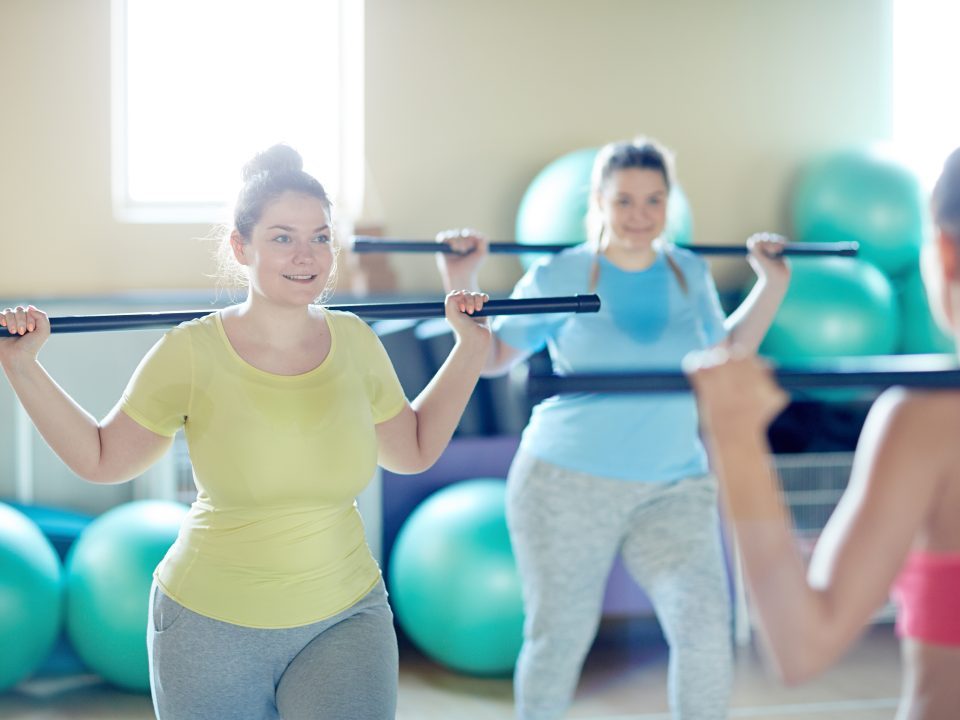3 facts about water you may not know
February 28, 2016Exercise: What we can learn from the Easter bunny
February 29, 2016
Gym memberships, expensive equipment, complicated workouts, pricey high performance workout clothing. Does it really need to be that hard? Walking is a fantastic way to get in your 30 minutes of exercise a day for health- it doesn’t matter how you split it up, every little bit adds up. Ten minutes here, ten minutes there. Here’s why we think walking is the most undervalued workout out there. 1: It’s great for your health Just half an hour a day leads to improvement in cardiovascular fitness, stronger bones from the impact of taking steps as well as muscle attachments putting pressure on bones as they flex, reductions in body fat with higher lean muscle mass, and stronger and more toned muscles. It has also been proven to reduce your risk of health problems such as diabetes, heart disease, and osteoporosis. 2: It’s easy Low impact, and so it’s a lot easier on joints than other forms of exercise. It doesn’t cost a cent to walk out your front door and just keep going, and you can go as slow or fast as you feel comfortable with. You can go with a friend and catch up, plug in to your favourite playlist, listen to an audiobook, or just enjoy some quiet time by yourself. 3: It gives you an energy boost Walking gets the blood flowing through your entire body, including your brain. Oxygen is sent to the cells of your body, so you get an energy boost which includes better ability to concentrate, improved memory, and alertness. So walking into work is a fantastic idea, walking on your lunch break is a great way to avoid that midafternoon slump, and a morning stroll is a great way to get your mind and body kick started and clear away any residual foggy headedness. 4: It helps you get good quality sleep Walking is one of the best exercises for improving sleep duration and quality- what this means is that you fall asleep quicker, stay in deeper sleep cycles which have the most restorative qualities, and wake up more refreshed and energized. A night time stroll has been found to be particularly effective at improving sleep. If you suffer from insomnia, you might consider cutting out caffeine after 3pm in addition to your walks. 5: It’s so simple to get started If you haven’t been physically active for a while, or have any health concerns, it’s best to get the okay from your doctor before you jump into any new workout. But once you get the all clear, and your shoelaces tied up, start slow- 5-15 minutes for your first attempt is great, and as time goes by you can start to extend this by a few minutes each week to build up to your half an hour, or if you are aiming for weight loss rather than general health benefits, you’ll be working towards an hour. And how quickly should you go? As a general rule, go for the intensity where you could hold a conversation with someone but you couldn’t sing, and build up to a more brisk walk over time. It’s a great idea to keep an eye on your heart rate as well- your maximum heart rate can be estimated as 220 minus your age, so if you are 40 years old your maximum heart rate would be 180 beats per minute. For walking you want to aim for 50-85% of your maximum heart rate: so 90-153 beats per minute in our example of a 40 year old. You can either use your watch and count how many heartbeats happen in 60 seconds, or if you have a heart rate monitor this will give you more accurate readings (you should consider a monitor if you have any health concerns or pre-existing conditions). So there it is! Start slow, go at your own pace, gradually build up over time, and see how much better it makes you feel! Your future self will thank you for starting today! |




